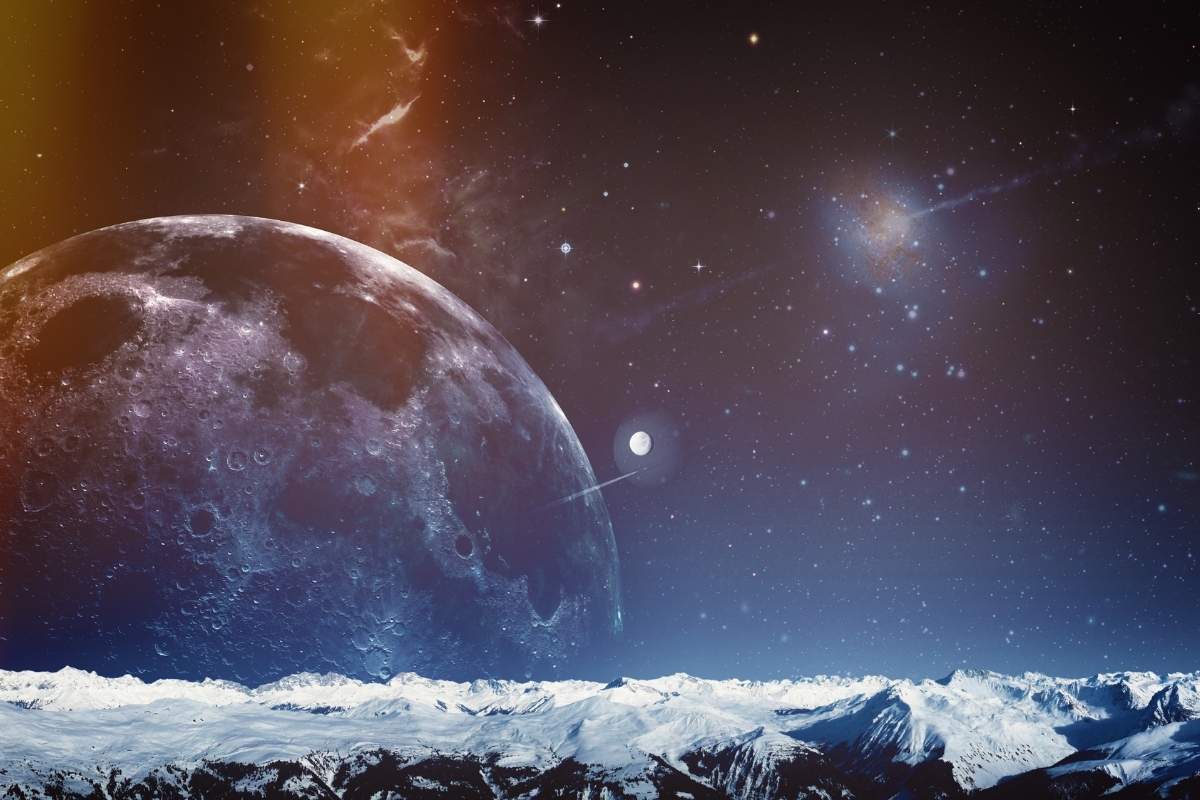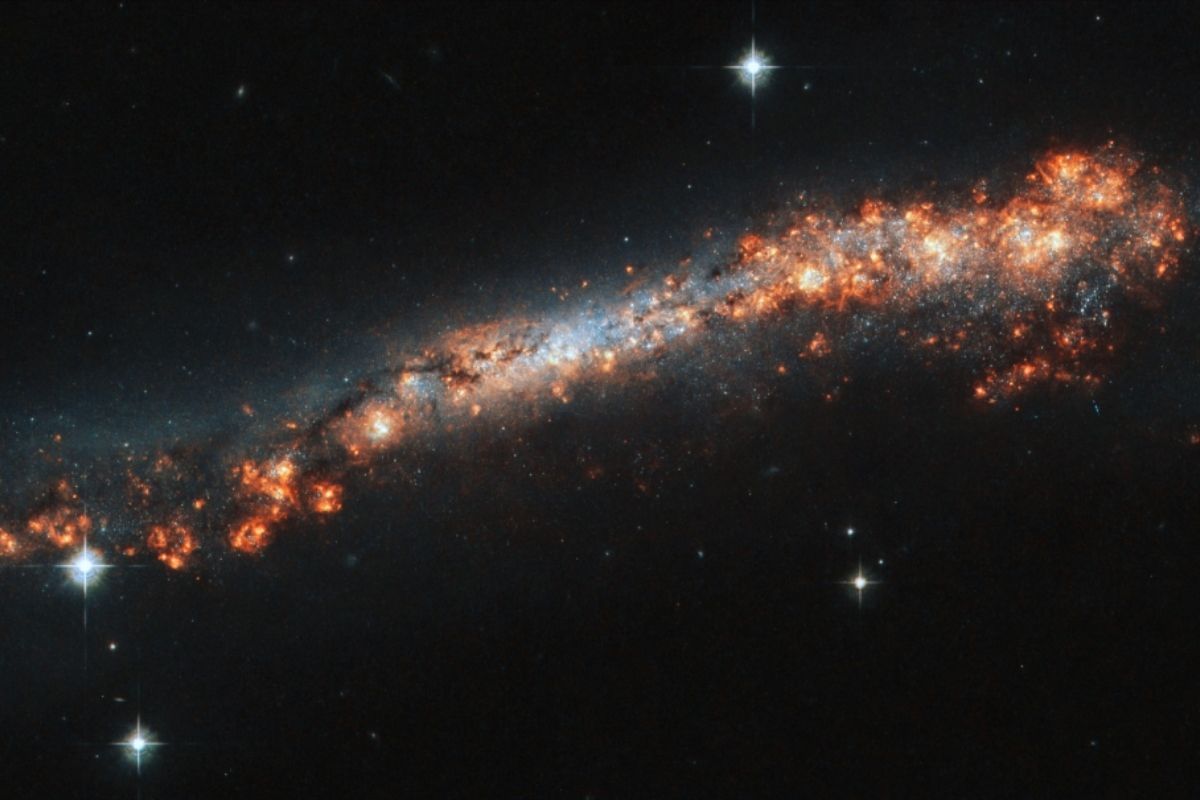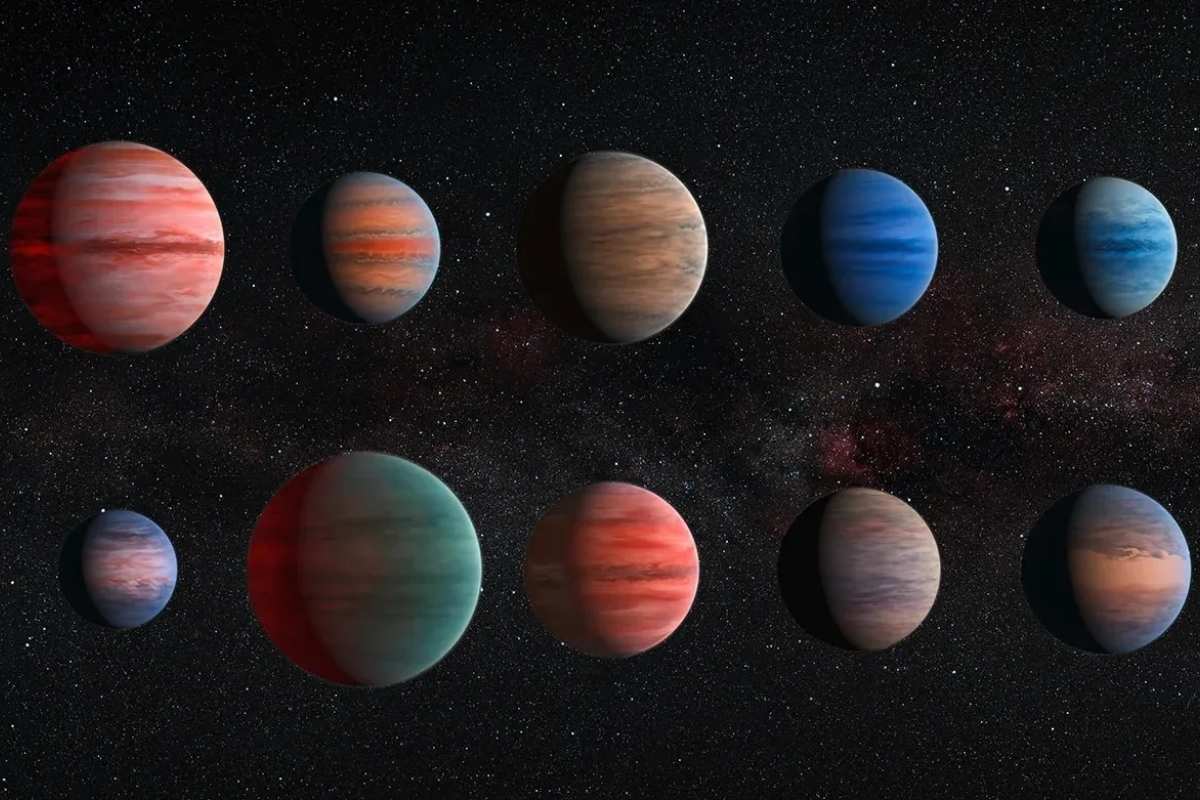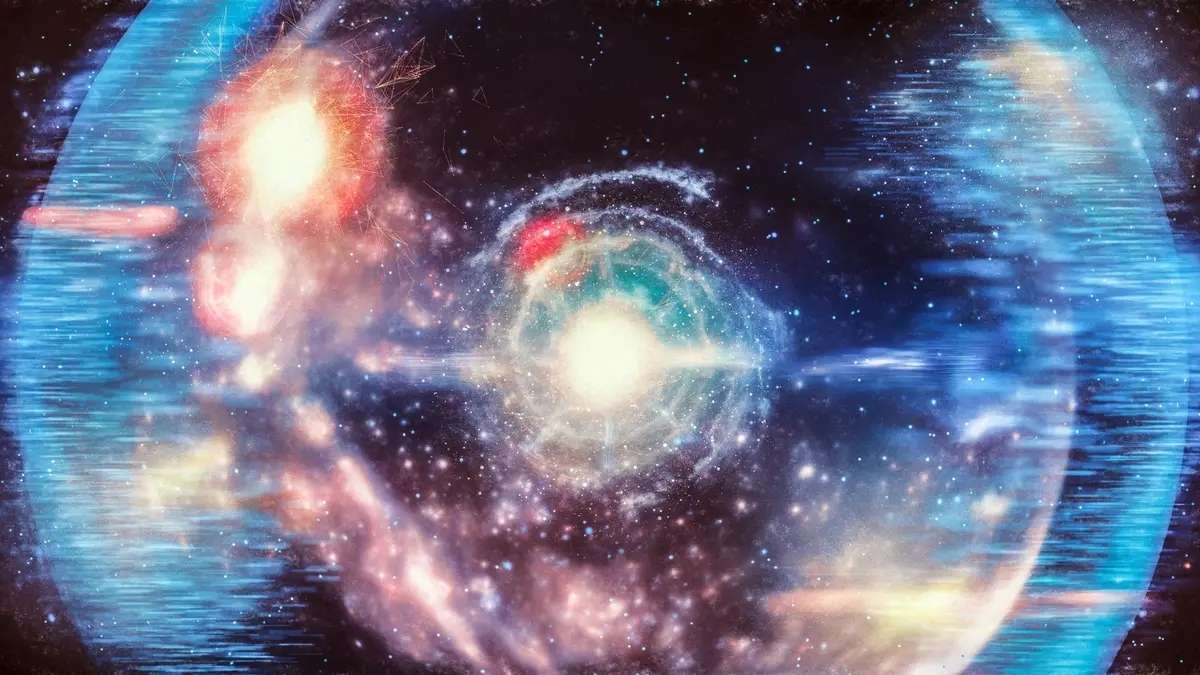The universe has fascinated humans for centuries, filled with countless mysteries that scientists have tirelessly worked to unravel. From the vast expanses of space to the fundamental particles that make up reality, each discovery brings us closer to understanding our existence. In this article, we will explore some of the most significant scientific discoveries about the universe and the questions that still remain unanswered.

1. The Big Bang Theory: The Birth of the Universe
The leading explanation for the origin of the universe is the Big Bang Theory. Scientists believe that the universe began approximately 13.8 billion years ago from a single, infinitely dense point. This event caused the rapid expansion of space, creating all the matter and energy we see today.
- Evidence supporting the Big Bang includes:
- Cosmic Microwave Background Radiation (CMBR) – The faint afterglow of the Big Bang detected in all directions.
- Redshift of Galaxies – Edwin Hubble discovered that galaxies are moving away from us, indicating the universe is expanding.
- Abundance of Light Elements – Hydrogen and helium, the simplest elements, align with predictions from the Big Bang model.
Read more: Cloud Computing vs. Edge Computing: What’s the Difference?
2. Dark Matter and Dark Energy: The Invisible Forces
Despite significant advancements, 95% of the universe remains a mystery, consisting of dark matter and dark energy:
- Dark Matter (27% of the universe): This invisible substance does not emit, absorb, or reflect light, yet it exerts gravitational influence on galaxies, preventing them from flying apart.
- Dark Energy (68% of the universe): A mysterious force driving the accelerated expansion of the universe, counteracting gravity.
Scientists are still searching for direct evidence of these components and hope to uncover their true nature in the coming decades.

3. Black Holes: The Cosmic Giants
Black holes are among the most enigmatic objects in the universe. They form when massive stars collapse under their own gravity, creating regions of space where nothing, not even light, can escape.
Key discoveries include:
- The first-ever image of a black hole captured in 2019 by the Event Horizon Telescope.
- The detection of gravitational waves from black hole mergers, confirming Einstein’s predictions.
- The realization that supermassive black holes exist at the centers of most galaxies, including our own Milky Way.
4. Exoplanets: Worlds Beyond Our Solar System
For centuries, humans have wondered whether other planets like Earth exist. Thanks to advanced telescopes like Kepler and James Webb, thousands of exoplanets (planets outside our solar system) have been discovered.
Some significant findings include:
- The discovery of Earth-like exoplanets in the habitable zone, where liquid water could exist.
- The identification of atmospheres on distant planets, providing clues about their potential for life.
- The realization that planets can exist in extreme conditions, from lava-covered worlds to gas giants with diamond rain.

5. The Multiverse Theory: Are We Alone in the Cosmos?
One of the most intriguing ideas in modern physics is the multiverse hypothesis, which suggests that our universe may be just one of many.
Different theories propose:
- Bubble Universes – Our universe is just one bubble among countless others.
- Parallel Universes – Each decision spawns an alternate reality.
- String Theory – Multiple dimensions may exist beyond our perception.
While still speculative, ongoing research in quantum mechanics and cosmology might one day provide evidence for or against the existence of other universes.
6. The Fate of the Universe: How Will It End?
Scientists debate several possible endings for the universe:
- Big Freeze – The universe continues expanding, cooling down until no heat or energy remains.
- Big Crunch – Expansion slows and reverses, collapsing everything back into a singularity.
- Big Rip – Dark energy grows stronger, tearing galaxies, stars, and even atoms apart.
While we do not yet know which scenario will unfold, the study of dark energy and cosmic expansion will help us refine our predictions.
Conclusion
The universe remains one of the greatest frontiers of human exploration. Each new discovery answers some questions while raising even more. With advancements in space telescopes, quantum physics, and artificial intelligence, we are on the brink of uncovering even deeper truths about our cosmic existence.
As we continue to explore, one thing is certain: the mysteries of the universe will never cease to amaze us.


